Building blocks of the project:
- Microphone amplifier
- Signal Generator - A sine wave with frequency depending on character and era (~30Hz)
- Ring modulator - Combines a generated frequency with a voice input, making the effect.
- Output Amplifier and Speaker
- Fading light effect (Optional)
 Sproket
Sproket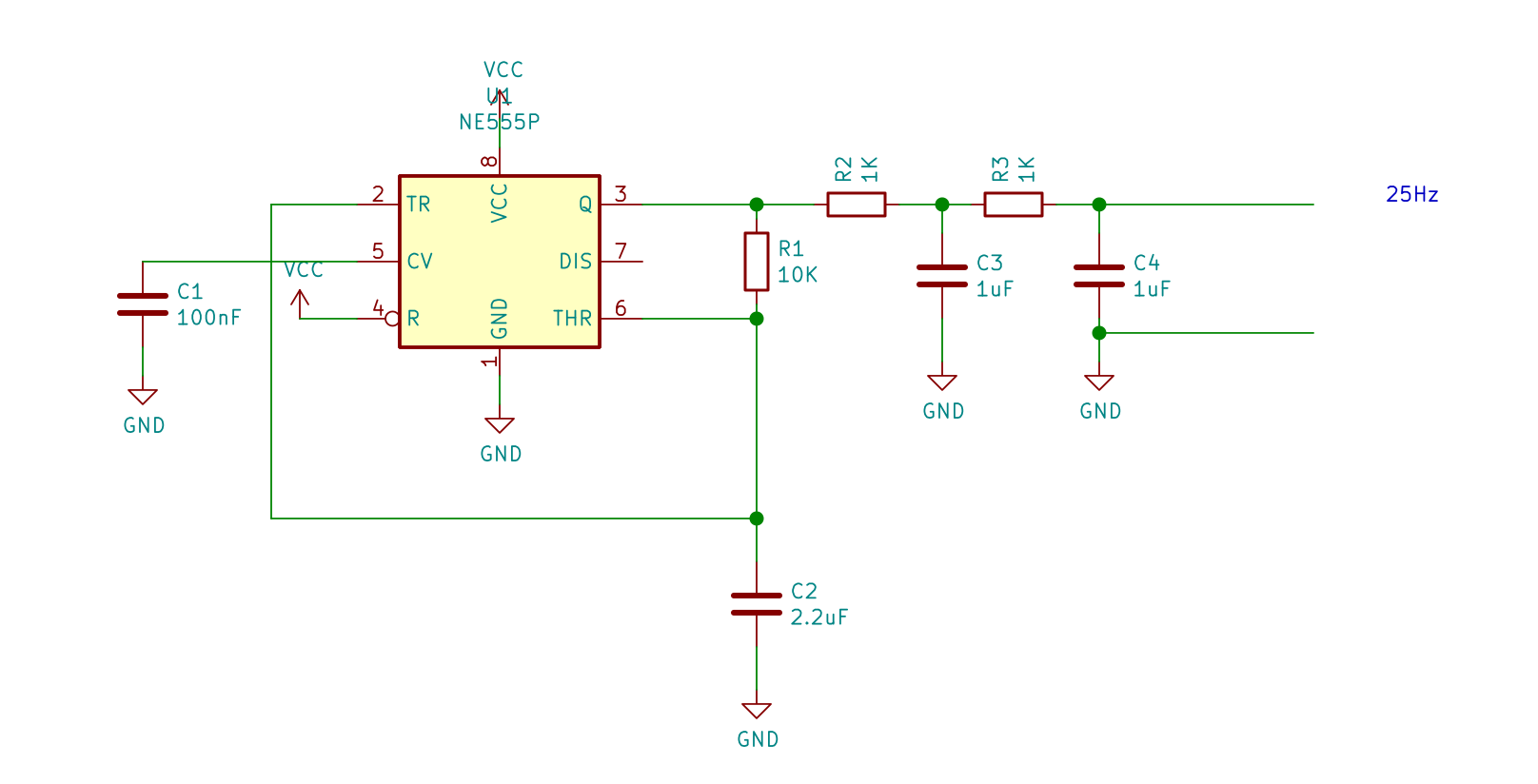

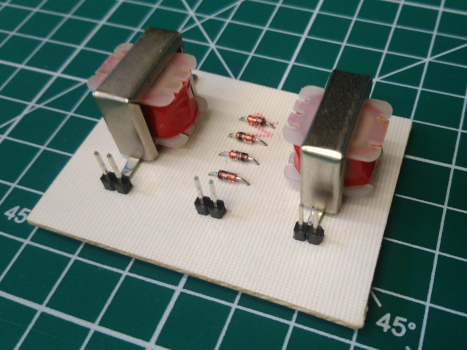


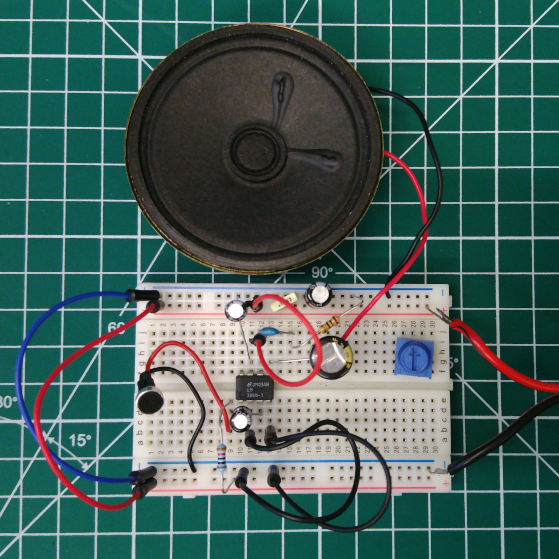

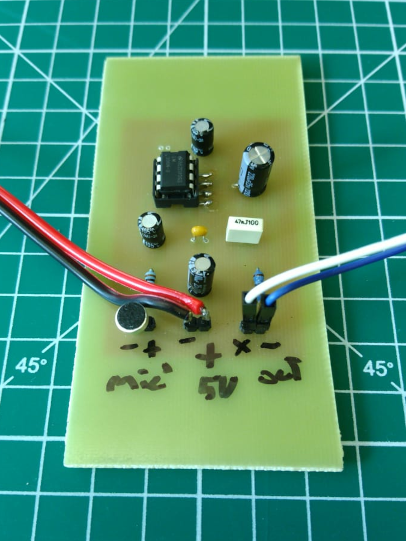

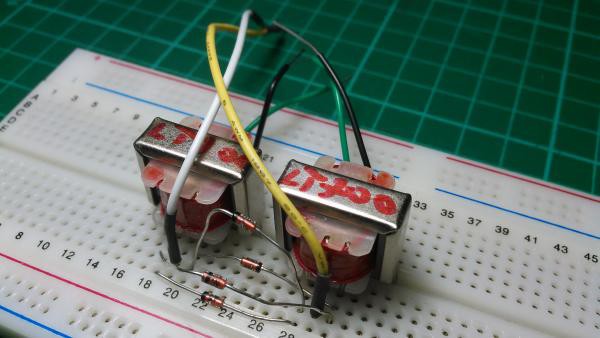


 UPDATE: using
UPDATE: using 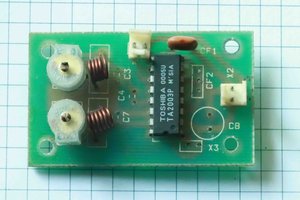
 mit41301
mit41301
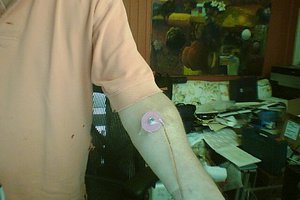
 Jonathan Kelly
Jonathan Kelly
 ElectroBoy
ElectroBoy